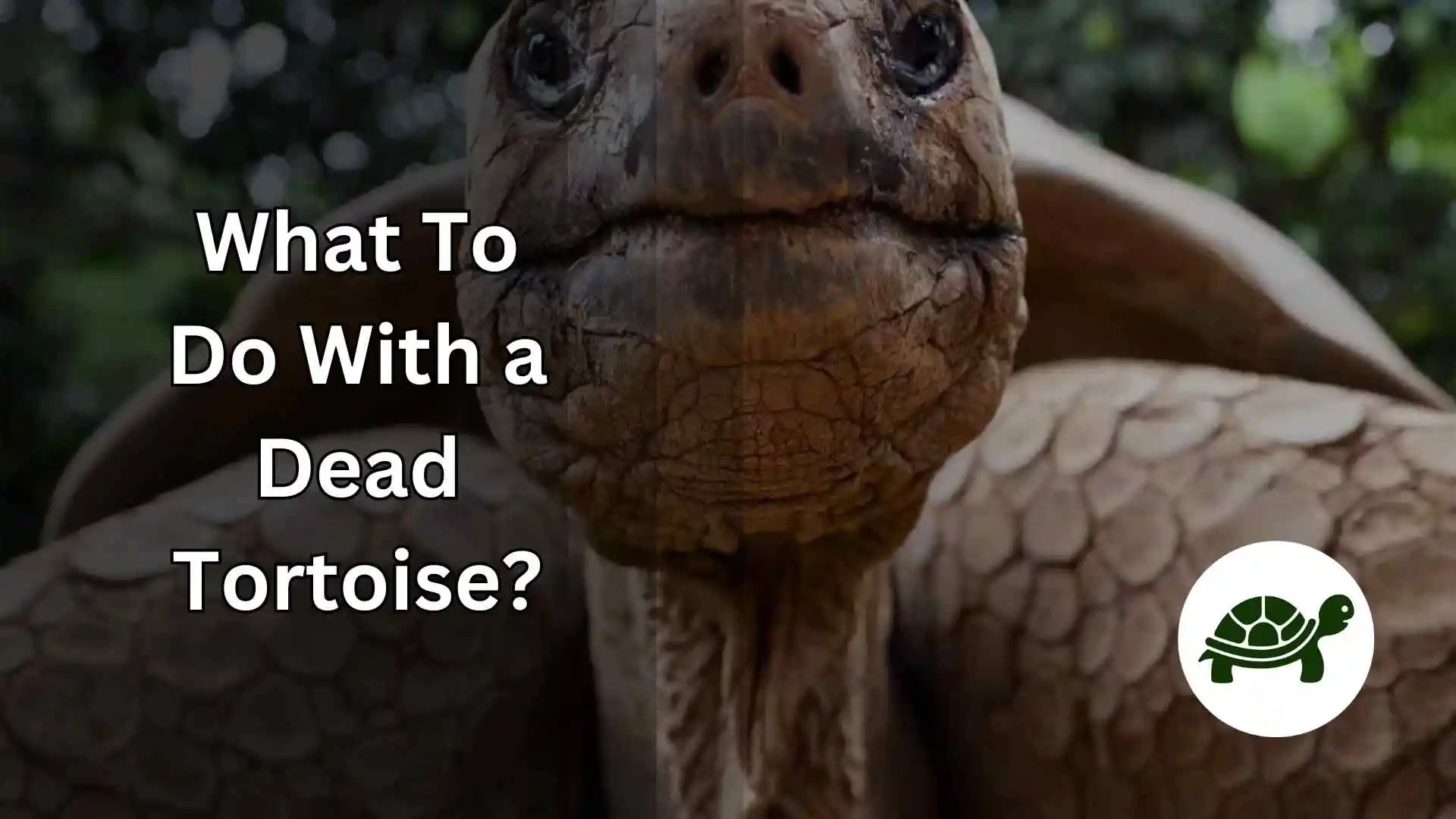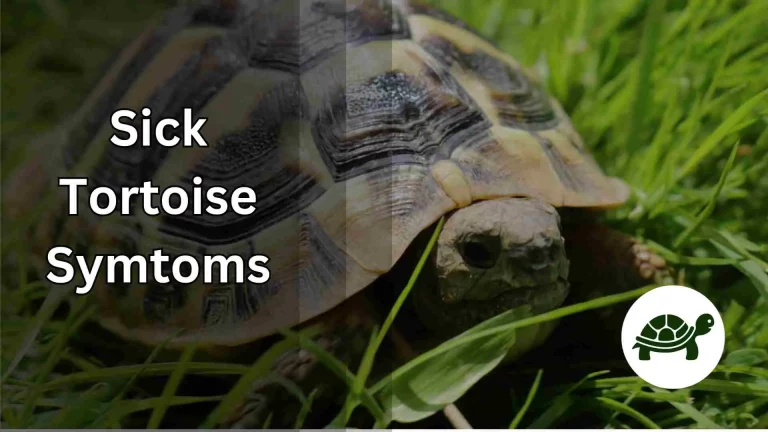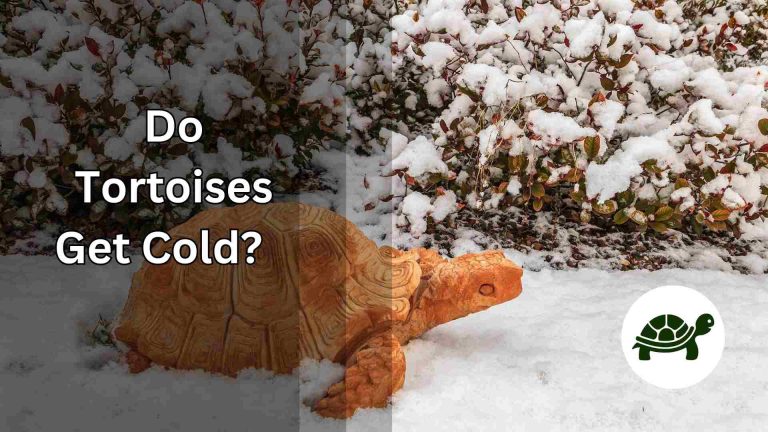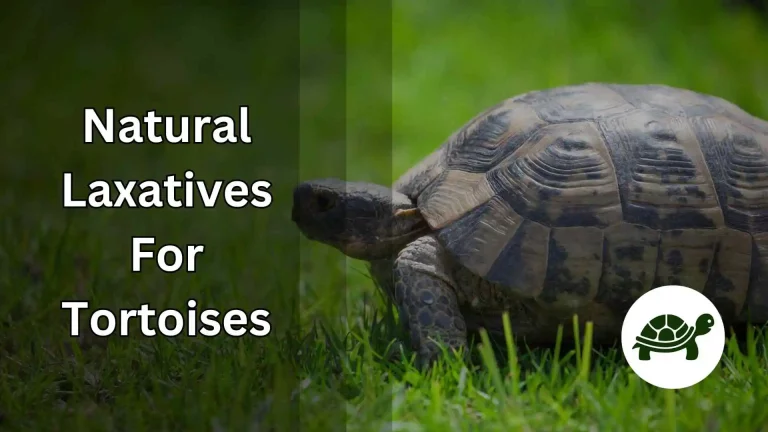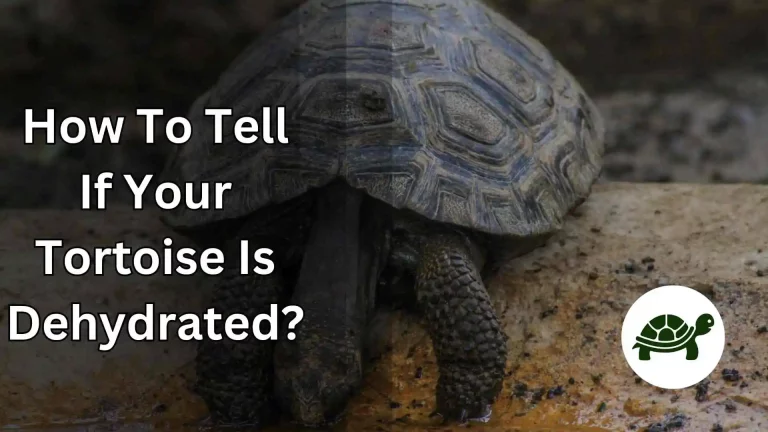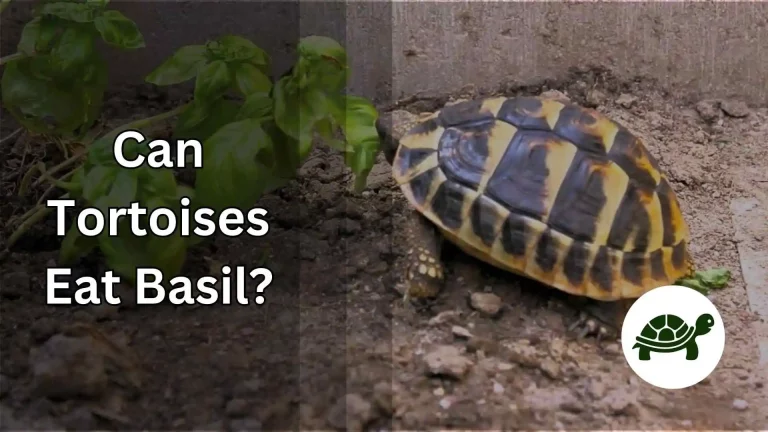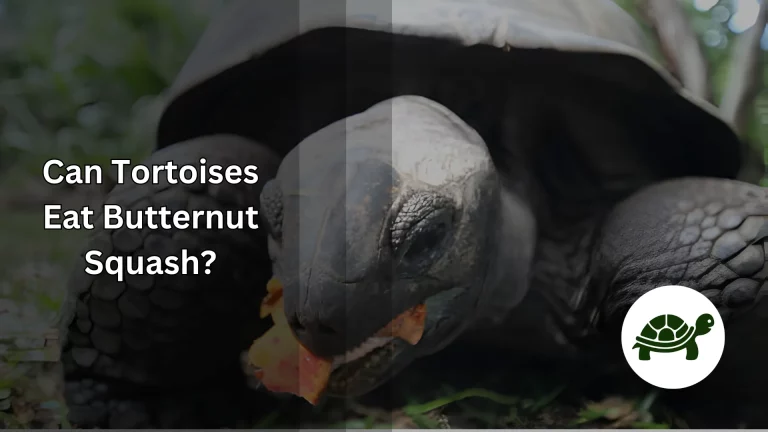What to Do with a Dead Tortoise? – A Complete Guide
Losing a pet is never easy, and when that pet is a tortoise—a creature known for its long lifespan—the emotional toll can be particularly high. If you’re reading this, you’re likely grappling with the difficult reality of a deceased tortoise and seeking guidance on what to do next. While this is a sensitive subject, it’s crucial to navigate these moments with both compassion and practicality.
Navigating the loss of a tortoise involves a range of considerations, from confirming the death to understanding your options for burial or cremation. This comprehensive guide aims to provide you with the necessary information to handle this delicate situation with the utmost care and respect for your beloved pet.
As you continue reading, you’ll discover legal considerations you may not have thought of, environmentally responsible ways to lay your tortoise to rest, and avenues for emotional support. Each section is designed to answer your pressing questions, giving you a roadmap through this challenging time.
Confirming the Death
The initial moments after discovering your tortoise may have passed away can be overwhelming and confusing. Before taking any further steps, it’s crucial to confirm that your tortoise is indeed deceased. Unlike mammals and birds, reptiles like tortoises can exhibit subtle signs of life or death, making it challenging to determine their state accurately.
Physical Signs
A tortoise that has passed away often displays certain physical signs. The limbs and head may be limp and unresponsive, lacking the usual rigor mortis that is more commonly associated with mammals. Additionally, the eyes may appear sunken, and the color of the skin and shell might undergo noticeable changes. However, tortoises can go into a state of deep hibernation, known as ‘brumation,’ where signs of life are minimal. Therefore, it’s critical not to rush to conclusions based solely on physical appearances.
Lack of Response
One way to test for signs of life is to gently touch or prod the tortoise’s limbs and head. A living tortoise will typically show some form of response, however minimal. For instance, its limbs may retract, or its eyes may blink. Lack of any responsive movement can be a stronger indication of death. Again, consult a veterinarian to be sure, as tortoises can be exceptionally good at conserving energy and might not respond when in a deep state of brumation.
Consulting a Veterinarian
If you’re uncertain about the state of your tortoise, the most definitive way to confirm death is by consulting a veterinarian experienced in reptile care. They can perform tests that you cannot do at home, such as checking for a heartbeat using specialized equipment. A veterinarian can also guide you through the subsequent steps you’ll need to take, whether it involves legal considerations or options for laying your tortoise to rest.
Legal Considerations
When dealing with the loss of a pet tortoise, emotional aspects often take precedence. However, it’s important not to overlook the legal considerations involved in laying your tortoise to rest. Failure to comply with laws and regulations could result in fines or other legal repercussions, adding to the stress of an already challenging time. Here, we delve into some of these crucial considerations.
Local Laws
Before choosing a method to lay your tortoise to rest, check your local and state laws concerning pet burials or disposals. Regulations can differ significantly depending on your location. For instance, some areas may prohibit backyard burials, especially if you’re close to water sources, to prevent contamination. Also, cremation and burial services often require you to follow specific procedures, such as using biodegradable caskets or approved cremation facilities. Always confirm with local authorities if you’re uncertain about the regulations.
Endangered Species
Some tortoise species are protected under endangered species laws. If your pet tortoise belongs to one of these categories, there are even stricter rules around its disposal. You may be required to report the death to wildlife agencies and follow specific guidelines for cremation or burial. Failure to do so can result in severe legal consequences. If you’re unsure whether your tortoise is an endangered species, consult your veterinarian or a local wildlife agency for clarification.
Options for Burial
Once you’ve confirmed your tortoise’s death and understood the legal requirements, the next step is to decide how you’d like to lay your pet to rest. Burial is a common and emotionally comforting option for many pet owners. Here, we explore the different methods of burial, taking into account both your emotional needs and environmental considerations.
Backyard Burial
The idea of laying your tortoise to rest in your own backyard can bring a sense of closeness and continuity. Before you proceed, ensure that local laws permit this option. If it’s allowed, choose a spot that’s away from water sources to prevent contamination. Dig a hole at least 3 to 4 feet deep to deter scavengers. Using a biodegradable casket can be both a personal and eco-friendly choice.
Pet Cemetery
For those who prefer a more formal setting or lack the space for a backyard burial, a pet cemetery offers a dignified resting place. Pet cemeteries often have various packages that include a choice of caskets, memorial stones, and maintenance. It’s essential to do your research to find a facility that aligns with your wishes and budget. Many such cemeteries also handle the necessary permits, giving you one less thing to worry about.
Environmental Impact
While the emotional aspect of a burial takes precedence, it’s also worth considering its environmental impact. Biodegradable caskets break down naturally, causing less harm to the soil. If your tortoise was an invasive or non-native species, consult with a local environmental agency or your veterinarian to ensure that your burial method won’t disrupt the local ecosystem.
Options for Cremation
Cremation is an increasingly popular choice for pet owners looking for a less land-intensive way to memorialize their pets. It offers flexibility in terms of what you can do with the ashes and can sometimes be more practical than burial. In this section, we’ll explore the nuances of opting for cremation, from choosing a service to commemorating your beloved tortoise in a meaningful way.
Pet Cremation Services
Selecting a reputable cremation service is paramount, as you’ll want to ensure your pet is handled with dignity and respect. Many veterinary offices can either provide this service or recommend a reliable provider. When selecting a cremation service, ask about their process, whether they offer individual cremations to ensure the ashes you receive are solely those of your pet, and what kind of urns or containers they provide.
Ash Memorials
After cremation, you’ll have the option to keep the ashes in an urn, scatter them, or even create a piece of memorial art or jewelry. Some people find comfort in placing the urn in a special location, such as a mantelpiece or a dedicated memorial spot in their garden. If you choose to scatter the ashes, make sure you comply with local laws, especially if you’re considering doing it in a public place or body of water.
Other Alternatives
While burial and cremation are the most commonly chosen paths, there are alternative options for those who seek a different form of closure or remembrance for their deceased tortoise. From taxidermy to educational donations, these unconventional choices can also offer a fitting tribute to your beloved pet.
Taxidermy
Taxidermy isn’t for everyone, but for some, it offers a way to preserve their pet’s physical form for posterity. This involves consulting a skilled taxidermist who specializes in reptiles. The procedure should be done as soon as possible after death to ensure the best results. While this option may seem unorthodox to some, it can offer a tangible keepsake for those who find comfort in it.
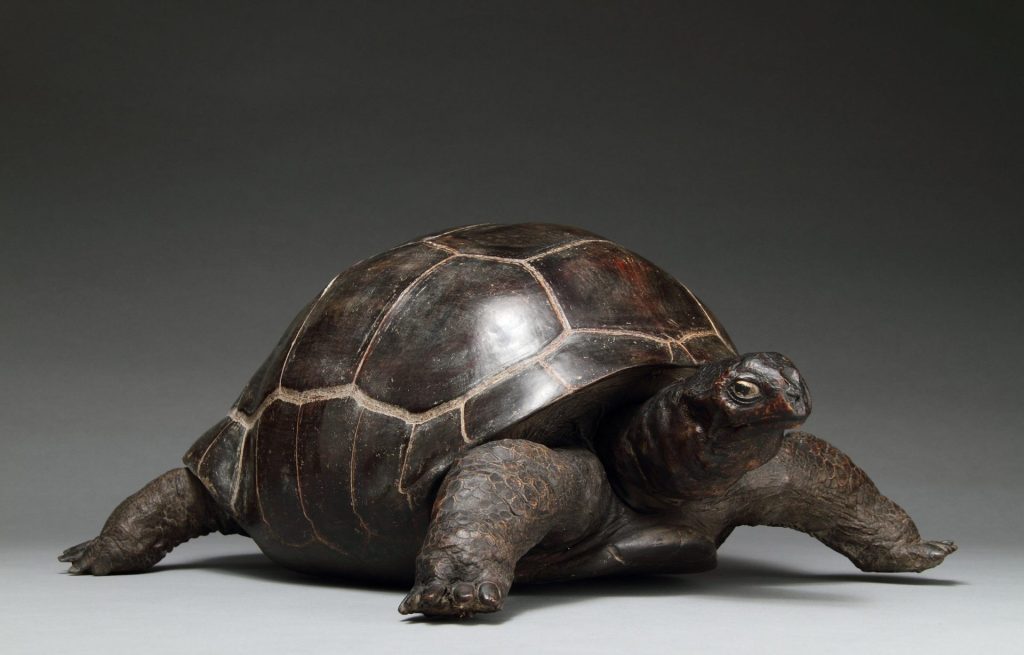
Donating to Educational Institutions
Another unique option is donating your tortoise’s body to a school, university, or museum for educational purposes. Not only could this serve as a lasting legacy, but it can also provide valuable educational material for students and researchers. Make sure to consult with the institution and understand their requirements and processes. This can include filling out specific forms and potentially conducting tests to ensure the body is suitable for educational use.
Frequently Asked Questions (FAQ)
When dealing with the loss of a pet tortoise, you may find yourself grappling with various questions, some straightforward and others emotionally complex. In this FAQ section, we aim to answer some of the most commonly asked questions to guide you through this challenging time.
How Do I Know if My Tortoise is Really Dead?
Confirming the death of a tortoise can be tricky due to their unique physiology. Signs can include limpness, lack of response to stimuli, and visible changes in skin and shell color. When in doubt, consult a veterinarian for a definitive confirmation.
Is It Legal to Bury My Tortoise in the Backyard?
Laws on pet burial vary depending on your location. Some areas may allow backyard burials, provided you follow specific guidelines, such as distance from water sources. It’s crucial to consult local regulations or speak with a veterinarian familiar with local laws to ensure you’re in compliance.
Can I Cremate My Tortoise at Home?
Home cremation is generally not advised for health and safety reasons, as well as the potential violation of local laws. If you’re considering cremation, consult a professional pet cremation service to ensure the process is carried out safely and respectfully.
What Should I Do with My Tortoise’s Habitat and Supplies?
After a suitable mourning period, you may decide to sterilize and store, sell, or donate the habitat and supplies. If you’re considering getting another tortoise, consult your vet on whether it’s advisable to reuse these items.
Where Can I Seek Emotional Support?
The loss of a pet can be emotionally devastating. Various support groups and counseling services specialize in pet loss, providing a space to share your feelings and cope with your grief. Your veterinarian can often recommend local resources.
Conclusion
Losing a pet tortoise is an emotionally fraught experience, filled with questions and uncertainties. We hope that this comprehensive guide has provided you with practical advice and thoughtful considerations to help you navigate this challenging period. From confirming the sad reality of your pet’s passing to understanding the legal intricacies and exploring various memorial options, our aim has been to offer a well-rounded resource to guide you every step of the way.
Remember, the choices you make in memorializing your pet tortoise are personal and should align with both your emotional needs and legal obligations. Whether you opt for burial, cremation, or an alternative route, the ultimate goal is to honor the memory of your beloved pet in a manner that brings you peace and comfort.
In dealing with this delicate subject, it’s crucial to consult professionals, whether veterinarians for health-related concerns or local authorities for legal guidance. And don’t hesitate to seek emotional support; you’re not alone in this journey. If you have further questions or need more detailed advice, feel free to consult the resources and contacts listed in this article.

